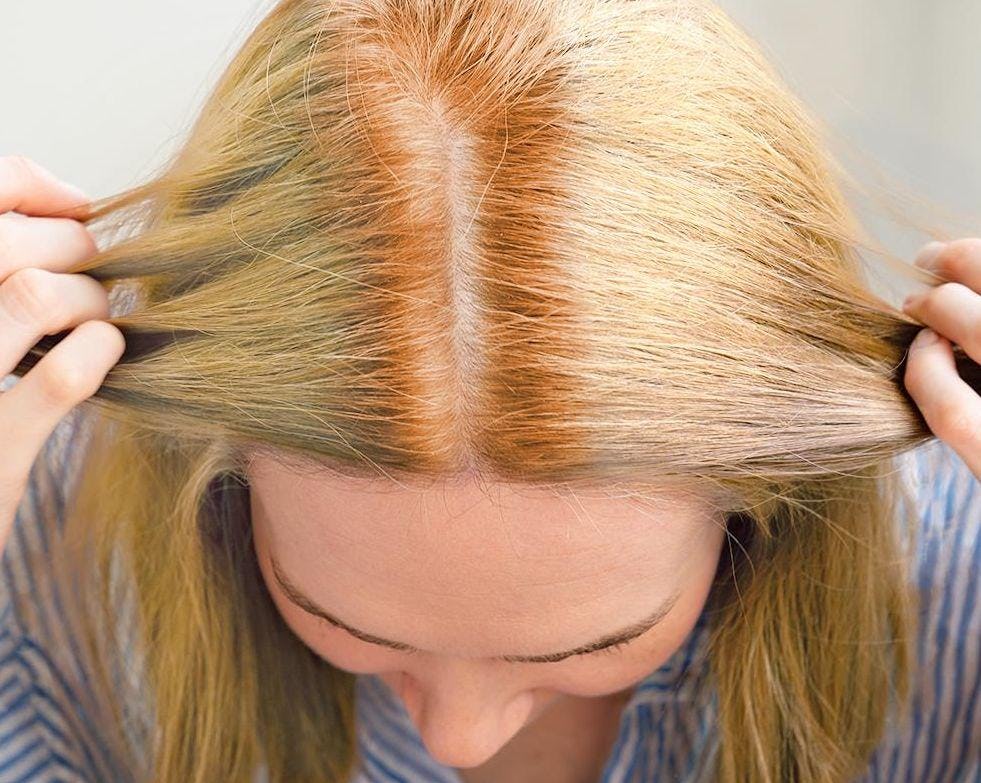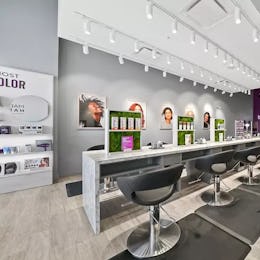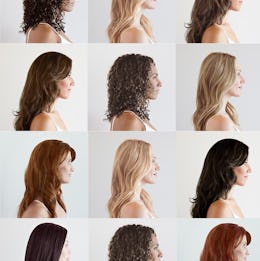How to Avoid Hot Roots: Lightening your hair color yourself can be difficult. If you absolutely want lighter hair color, we recommend only trying to lighten your own hair at home by one or possibly two levels. (Click and find out more about hair levels.) If you want to lighten your hair more than that, you will need to use bleach, and we do not recommend using bleach on your own hair at home. If you want to go lighter, you can always go for highlights. Of course, we are partial to our Light Works® Balayage Highlighting kit for gorgeously subtle, sunkissed highlights.
But if you are looking for all-over color, we recommend choosing a shade of hair color the same level or darker than your existing color-treated hair. And here’s the best pro color tip of them all...if you have previously colored hair, you should really only be coloring your roots (unless you are drastically changing the shade you are using).
The best way to color your hair is using The Perfect Pair: permanent hair color on the roots, and a gloss for the mid-lengths and ends of your hair. Most people who color their hair at home don’t know this, and they color their entire head of hair every time they color. But doing this will eventually make your hair color turn out too dark and dull. So only apply the permanent color to your roots for the correct processing time—usually 35 minutes, or 45 minutes for stubborn gray hair. And apply gloss to the rest of your hair. The result? No hot roots, and your hair color won’t turn out too dark! Win-win!


















